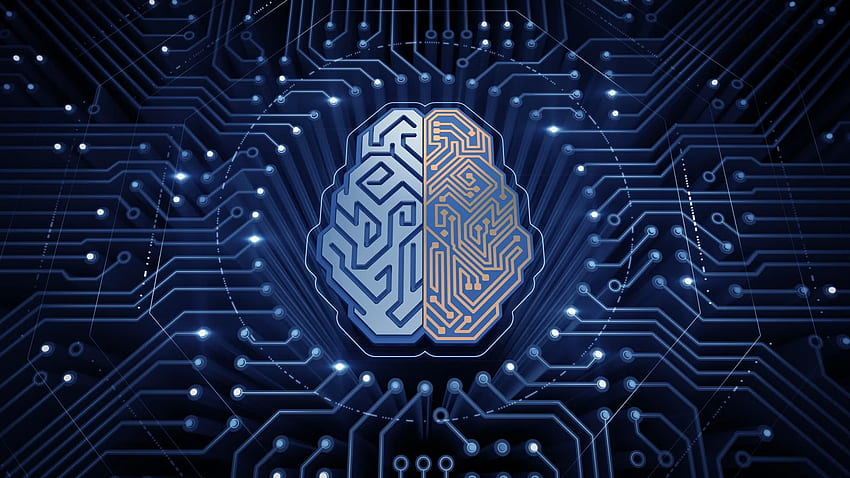Currently Empty: $0.00
Blog
Stop Coding, Start Thinking: The Secret to Developing a Data Science Mindset

Are you tired of just running code and getting confusing results? Data science might offer the breakthroughs you need. Do you feel like you’ve learned Python and R, but still struggle to tackle a real-world problem?
You’re not alone. Many aspiring professionals get hung up on the technical tools of data science—the algorithms, the libraries, the complex models. But the true, often-overlooked secret to success isn’t your coding ability; it’s your mindset. Data science isn’t just a set of skills; it’s a way of thinking. It’s about how you approach a business challenge, how you treat messy data, and how you communicate an insight that changes a company’s direction.
If you want to move from being a data user to a data scientist, you need to cultivate a new perspective. Ready to change the way you see the world? Let’s dive into the core components of the Data Science Mindset and how you can build it today.
Embrace the Detective’s Instinct
The Power of Perpetual Curiosity (Ask “Why?”)
The first step in developing a data science mindset is simple: Become perpetually curious. A data scientist isn’t just someone who answers questions; they are someone who questions the answers.
When you look at a dataset, do you immediately jump to cleaning it, or do you pause and ask:
- Why is this data missing?
- Where did this outlier come from? Is it an error or a genuine, rare event?
- What business process created this weird pattern?
This detective-like curiosity is what allows you to frame a vague business problem—like “sales are down”—into a measurable, data-driven question: “Does the time-of-day a customer receives an email campaign significantly correlate with lower conversion rates?” Your ability to ask a great question is more valuable than your ability to run a complex model.
Quick Check-In: Think about the last report you read. What assumption did you take for granted? Challenge it!
From ‘Coding’ to ‘Experimenting’
The Scientific Method as Your Blueprint
Traditional software development is about writing explicit rules: IF X, THEN Y. Data Science is fundamentally different; it’s about discovery. You’re not writing rules, you’re modeling reality. This means adopting the Scientific Method as your primary blueprint.
In data science, your project follows this experimental flow:
- Formulate a Hypothesis: (e.g., “Customers in the Northeast region will respond better to an offer of free shipping than a 10% discount.”)
- Design the Experiment: (An A/B test with two distinct groups.)
- Collect and Analyze Data: (Run the test, and crunch the numbers.)
- Conclude and Iterate: (Was the hypothesis correct? What’s the next test?)
The key takeaway? Failure is learning. A model that proves your initial hypothesis wrong is just as valuable as one that proves it right, because it steers the business away from a bad decision. Don’t be afraid to try, fail, and try again. That iterative mindset is the heart of the craft.
The Essential Skill: Connecting the Dots
Blending Technical Skills with Business Acumen
A truly great data scientist sits at the intersection of three key areas. You might be a coding wizard, but without understanding the business problem you’re trying to solve, your model is just a nice piece of math. Conversely, understanding the business without the statistical rigor can lead to flawed conclusions.
The most successful professionals connect these dots seamlessly:
| Component | Focus Area | Why It Matters for the Mindset |
| Hacker Skills | Programming (Python/R), Data Wrangling, Engineering | Enables you to handle and process the data at scale. |
| Math & Statistics | Modeling, Inference, Hypothesis Testing | Ensures your insights are reliable and valid—not just accidental correlations. |
| Domain Expertise | Business Knowledge, Industry Context, Stakeholder Needs | Helps you frame the right questions and ensure your solution is actionable. |
We need to remind ourselves that we aren’t just building models constantly; we’re building business solutions. If your predictive model is too complex for the sales team to use, you haven’t solved the problem.
Champion Data Storytelling
Making Insights Actionable
You’ve wrangled the data, built an impressive model, and found a significant pattern. Great! Now, what do you do with it?
A data science mindset requires you to transition from analyst to storyteller. The final, crucial step is translating complex technical findings—like F1 scores, p-values, and ROC curves—into a compelling narrative for your CEO or marketing manager.
Ask yourself: “If I were a non-technical decision-maker, what would I need to hear to change my current behavior?”
- Don’t say: “Our binary classifier achieved an AUC of 0.88 on the test set.”
- Do say: “By targeting the 15% of customers this model identified, we can reduce our annual customer churn rate by an estimated 10%, saving the company $1.2 million next year.”
Your job is to make the data relevant and the insight actionable. Practice visualizing your results, focusing on clarity over complexity. The best insights are the ones that lead directly to a change in strategy.
Your Next Step: Start Small, Think Big
Developing a data science mindset isn’t something you learn overnight; it’s a muscle you build with repetition. Stop waiting for the perfect project or the next degree.
Start today by applying the curiosity and iterative thinking to your own life or a small, fun side project. Look at your personal budget, your gym routine, or even your streaming history. Ask a question, collect the data, and form a hypothesis.

